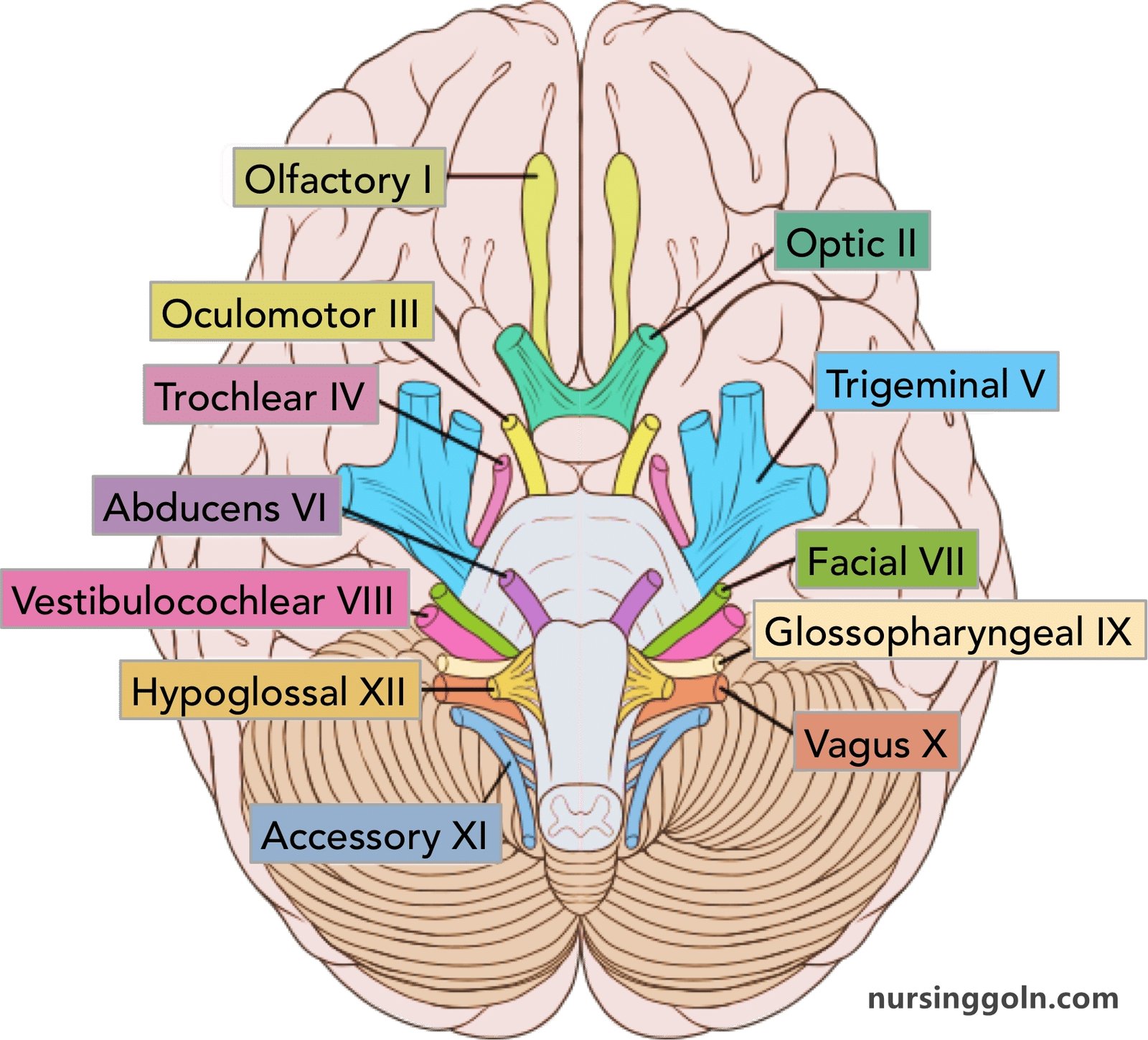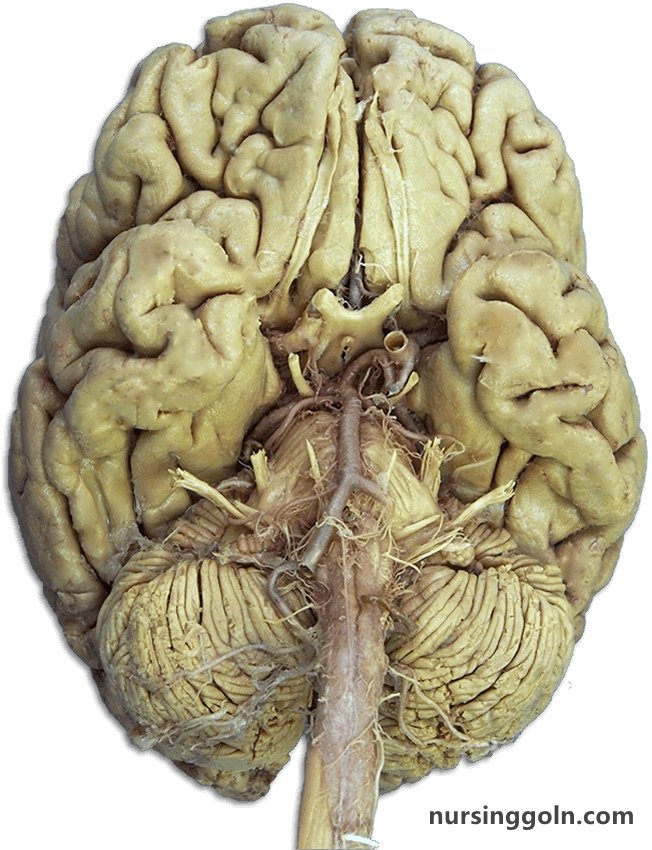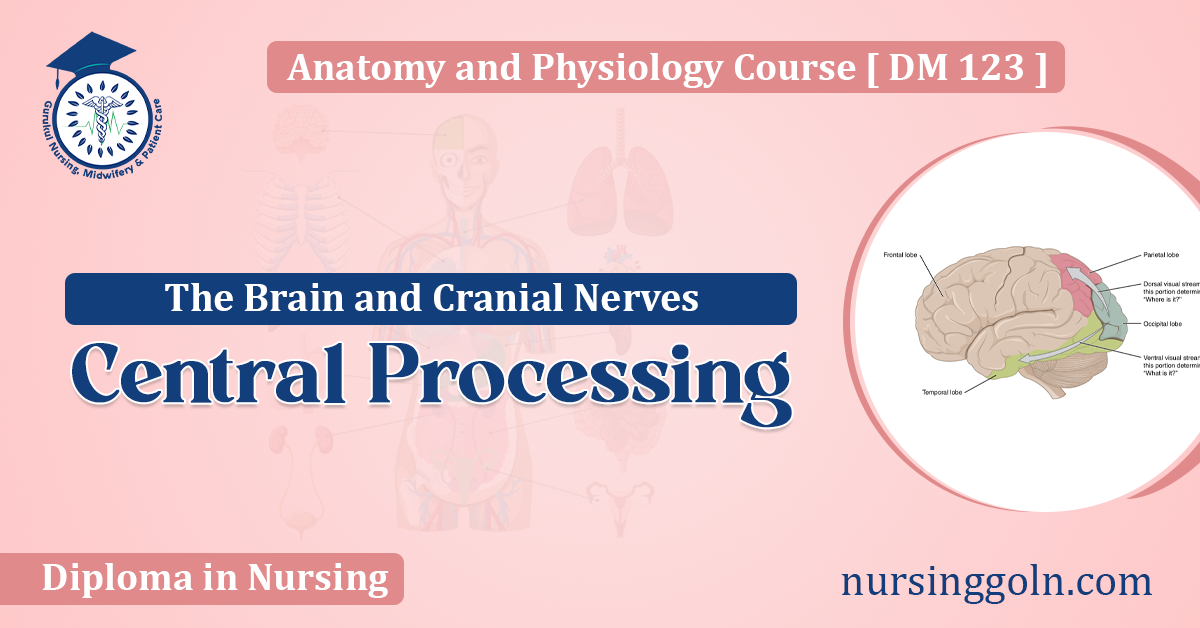Today our topic of discussion is ” Central Processing “. Within the intricate orchestration of human physiology, one of the most awe-inspiring symphonies is the central processing conducted by our brain, facilitated by the cranial nerves. This system doesn’t just allow us to interact with our environment; it fundamentally defines our experience of reality. In this exploration, we’ll delve into the depths of central processing, spotlighting the dynamic partnership between the brain and its cranial nerves.

Central Processing: The Brain and Cranial Nerves
1. Central Processing: A Brief Overview
Central processing refers to the brain’s ability to interpret and make sense of sensory information received from the environment. This neural processing happens rapidly, often unconsciously, and enables us to respond appropriately to our surroundings.
2. The Brain: Command Central
Divided into distinct but interconnected regions, each part of the brain has specialized functions:
- Frontal Lobe: Involved in reasoning, decision-making, and voluntary movements.
- Parietal Lobe: Processes tactile sensory information and aids in spatial awareness.
- Temporal Lobe: Manages auditory processing and plays a role in memory.
- Occipital Lobe: Dedicated to visual processing.
3. Cranial Nerves: The Brain’s Emissaries
The twelve pairs of cranial nerves serve as critical conduits of information:
- Olfactory (I) and Optic (II): Direct sensory nerves for smell and sight, respectively.
- Oculomotor (III), Trochlear (IV), Abducens (VI): Govern eye movements.
- Trigeminal (V): Essential for facial sensation and biting/chewing.
- Facial (VII): Controls facial expressions and conveys taste sensations.
- Vestibulocochlear (VIII): Concerned with hearing and balance.
- Glossopharyngeal (IX) and Vagus (X): Play roles in taste, swallowing, and monitoring of visceral organs.
- Accessory (XI): Innervates neck muscles.
- Hypoglossal (XII): Controls tongue movements.

4. From Sensory Input to Interpretation
The journey from sensory detection to conscious perception is a marvel:
- Detection: Specialized receptors detect stimuli.
- Transmission: Signals are relayed via cranial nerves.
- Processing: The brain interprets these signals.
- Response: The brain coordinates an appropriate reaction, either consciously or reflexively.
5. Beyond Basic Processing: Association Areas
While primary sensory and motor areas in the brain receive direct input and produce direct outputs, association areas play a role in integrating information, enabling complex functions like language, thought, and personality.
6. Memory and Central Processing
For effective central processing, the brain must not only interpret current stimuli but also draw from past experiences. The hippocampus, within the temporal lobe, is crucial for forming new memories.

7. The Reticular Formation: Filtering Stimuli
Ensuring the brain doesn’t become overwhelmed, the reticular formation acts as a filter, deciding which stimuli are brought to conscious attention. It also plays a role in maintaining alertness and consciousness.
8. Feedback Loops and Reflex Responses
Not all sensory information needs conscious deliberation. Reflexes, which are rapid, automatic responses to stimuli, bypass the cerebral cortex. They involve sensory neurons, integration centers (often in the spinal cord), motor neurons, and effectors.
9. Disorders of Central Processing
Various disorders can affect central processing:
- Aphasia: A condition arising from damage to the language areas of the brain.
- Agnosia: The failure to recognize familiar objects, people, or sounds.
- Apraxia: Difficulty in carrying out purposeful movements in the absence of paralysis or muscular weakness.
10. The Malleability of Central Processing: Neuroplasticity
The brain’s ability to reorganize itself, forming new neural connections, is termed neuroplasticity. It ensures that the brain can adapt to new situations, learn from experiences, and even recover from injury.

11. Enhancing Central Processing
Various activities can enhance the brain’s processing capabilities:
- Cognitive Training: Puzzles, games, and learning new skills.
- Physical Activity: Boosts blood flow to the brain and encourages neurogenesis.
- Mindfulness and Meditation: Promotes attention control and cognitive flexibility.
12. In Conclusion: The Marvel of Central Processing
The intricate dance between the brain and cranial nerves in the realm of central processing underscores the profound complexity and capability of the human nervous system. Every moment, a myriad of sensory inputs is seamlessly integrated, interpreted, and acted upon, crafting our unique experience of the world. In understanding this marvel, we gain a deeper appreciation for the wondrous machine that is the human body and the central role that the brain and its emissaries, the cranial nerves, play in our daily lives.
Read more:
